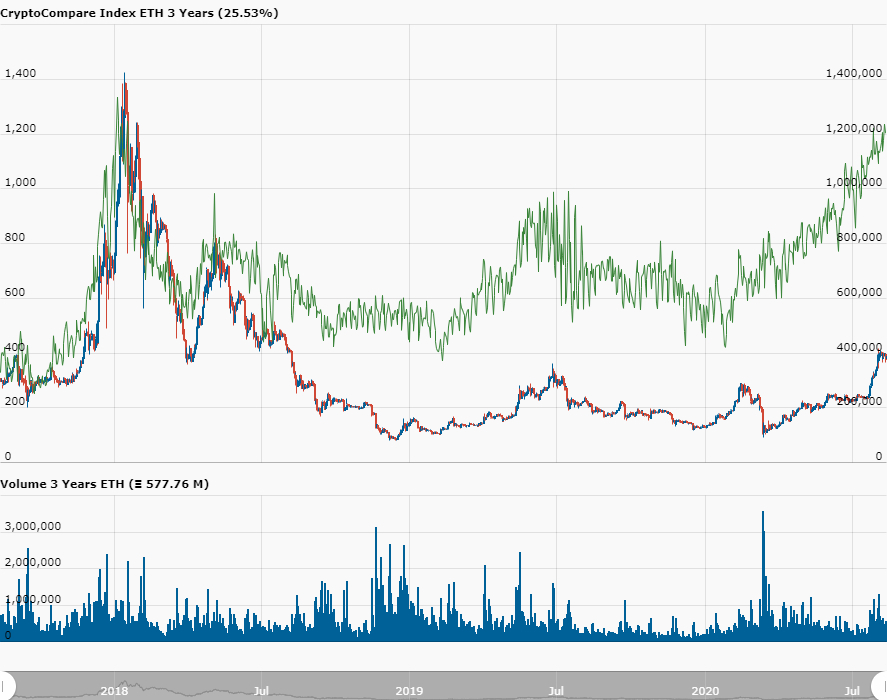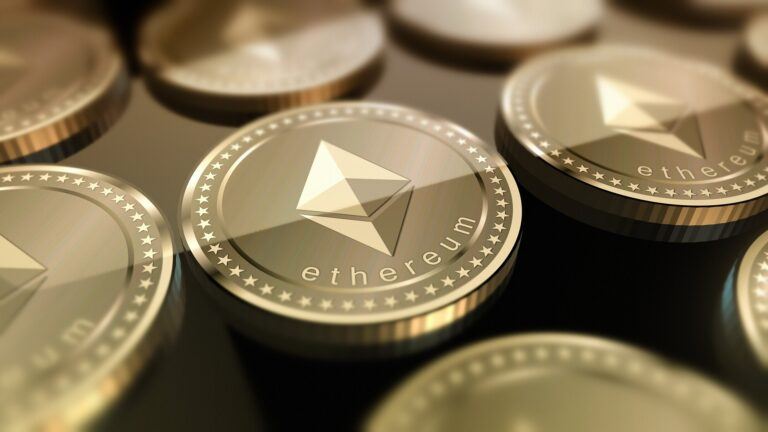The Ethereum network’s hashrate has hit a 20-month high amid a growing decentralized finance trend that clogged the cryptocurrency network to the post fees have surged over 3,500% year-to-date.
According to data from Etherscan, at press time the hashrate on the Ethereum network is hovering above 200,000,000 GH/s, a level that has not been seen since 2018, the year ETH price hit an all-time high above the $1,400 mark.

The network’s hashrate is rising as demand for Ethereum’s decentralized applications has been growing exponentially over the last few months, so much so that decentralized finance (DeFi) platforms have seen their total value locked go from less than $1 billion in May to over $4.6 billion at press time.
The interest surrounding the decentralized finance space has helped fees on the Ethereum network surge by over 3,500% year-to-date, as in January the average transaction fee on Ethereum was $0.08, while now the average fee is well above $3. Fees on the network are rising, even after ETH miners increased its gas limit from 10,000,000 to 12,500,000 per block.
Ethereum’s transaction fees and hashrate are rising alongside its network’s activity. CryptoCompare data shows that over one million transactions are being confirmed on Ethereum per day, on par with figures seen back in 2018.

Rising transaction fees are likely attracting more miners to the Ethereum network. In periods of network congestions users compete against one another to get their transactions included in the next blocks, and this competition sees them attach higher gas costs to their transactions.
Each block a miner finds comes with a coinbase reward, along with the fees attached to the transactions increased in said block. Rising competition is, as a result, attractive to miners as their revenue increases.
Researchers from Glassnode revealed the miner revenue from transaction fees on Ethereum has hit a new all-time high at 18% on social media.
While higher transaction fees negatively impact user experience, more hashrate also means the blockchain is more secure against attacks like those that hit the Ethereum Classic (ETC) blockchain earlier this year.
Featured image via Pixabay.








